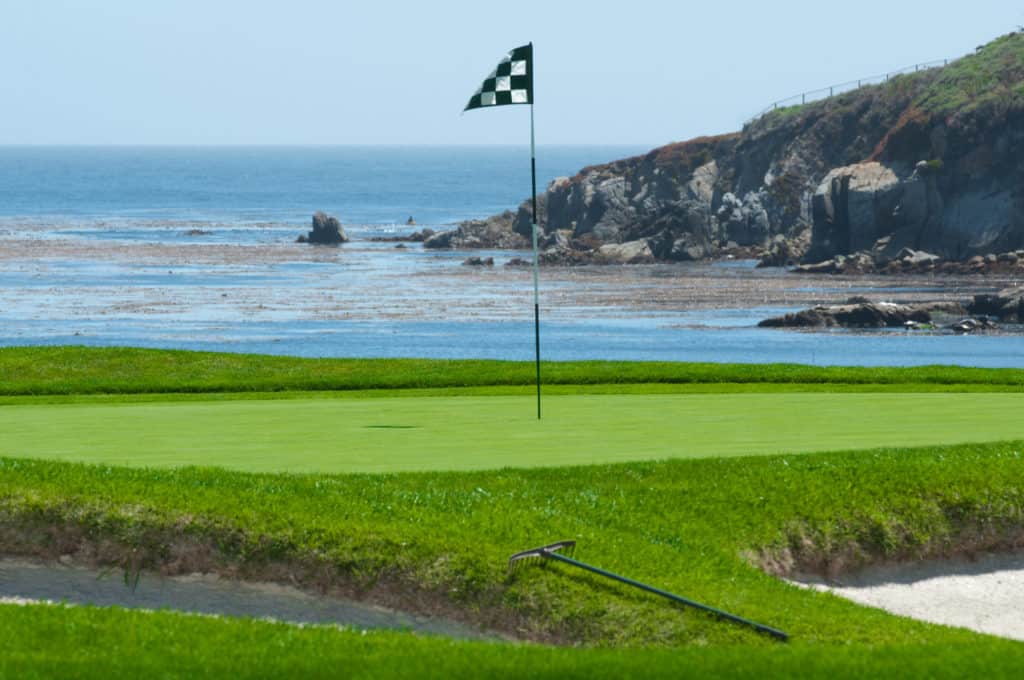
Golfers have a lot of phrases they like to throw around.
You may hear things like pin high or up and down.
After a while, golf terminology and language will become second nature.
If you are new to the game and unsure of what pin high means, we are about to break it all down for you.
In this guide, we will explain everything and anything you ever wanted to know about the pin.
Table Of Contents
Defining Pin High
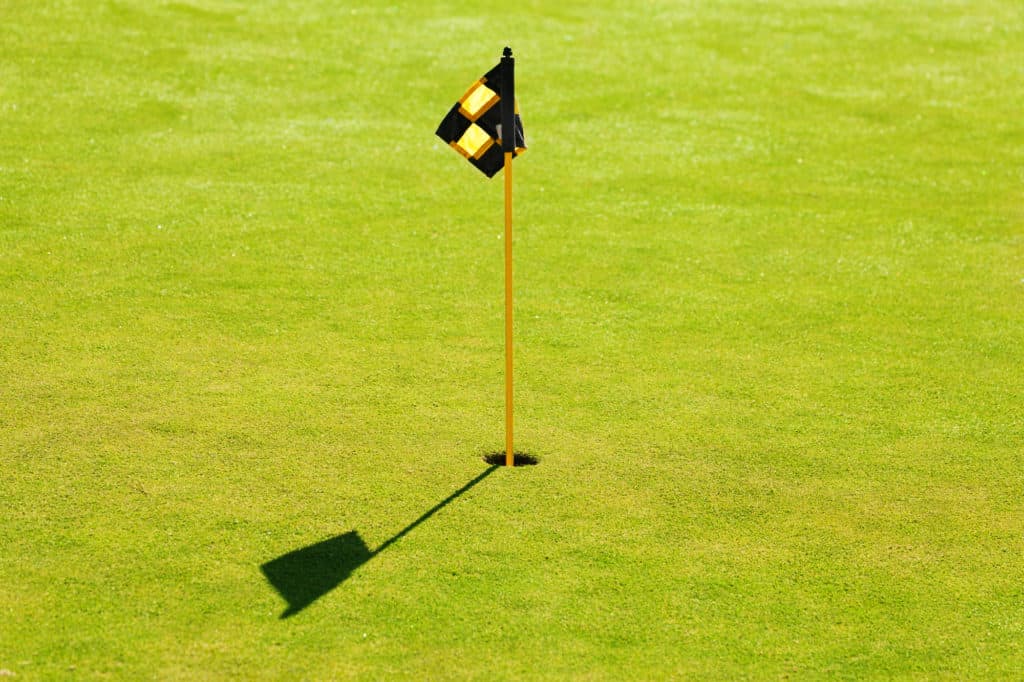
Pin high is quite simple.
Pin high means that your golf ball is located in line with the pin but not near the pin.
If you hit a shot ten yards to the right of the pin, but it was the right distance, you are pin high.
Pin high is a good thing because it means you chose the right club.
The only bad part about pin high is that sometimes it could mean that you are well left or right of the pin.
You can be pin high but in a bunker or pin high and in a water hazard as well.
If you find that you are always ending up pin high, chances are you are very good at distance control.
You just need to spend some time practicing accuracy or aim.
Are The Pin And The Flag Any Different?
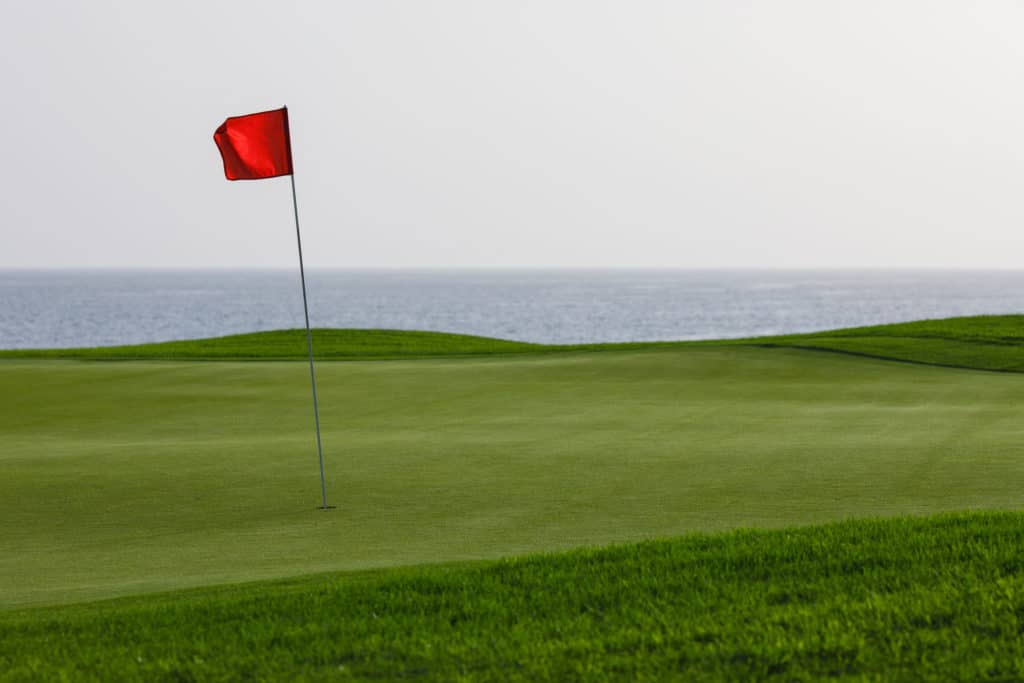
The terms pin and flag are used interchangeably in golf.
If you hear someone ask you to take the flag out, they are talking about the pin, and vice versa.
There are quite a few rules and interesting facts that you should know about the flag.
We will review for you the rules and etiquette surrounding the golf flag.
Should I Keep The Flag In Or Out When I Putt?
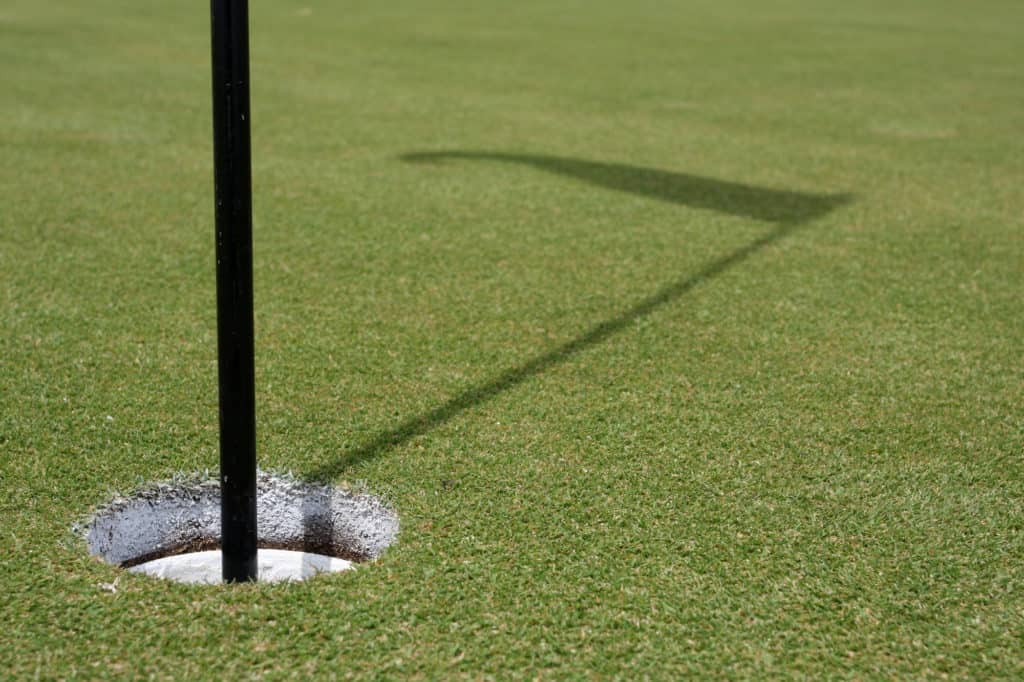
The answer to this question has changed over the years.
Before the recent rule changes, you would have had no choice but to take the flag out when you putt.
If you had hit the flagstick with your ball while on the green, you would end up with a two-stroke penalty.
Now a golfer has a choice to leave the pin in or take it out.
The jury is still out as to which method is going to be better.
Some people believe that the flag can stop a putt that would have gone very far past the hole.
Others believe that a flag can sometimes knock out a putt that would have otherwise gone in.
Many studies are being done about this, and it will likely take a few years to see which method works the best.
Golfers who consider themselves purists are likely always going to take the flag out.
It has been quite a change to watch the professional golfers hit the ball with the flag still in.
Only time will tell if this was a good or a bad change for the game of golf.
Are All Golf Pins The Same?
We all know how restrictive the USGA can be when it comes to equipment and regulations.
When it comes to flagsticks, they are not nearly as involved.
The USGA recommends that a flagstick be about seven feet high.
Most of the flagsticks are ¾ inch round.
Some golf courses that have a green that is over a large mound or down in a gulley uses a very long pin for visibility.
You may play a golf course where all the pins are about seven feet high, and then there are one or two that are much taller.
This is entirely normal and within the rules of the game.
Are there any Etiquette Rules Relating To The Pin?
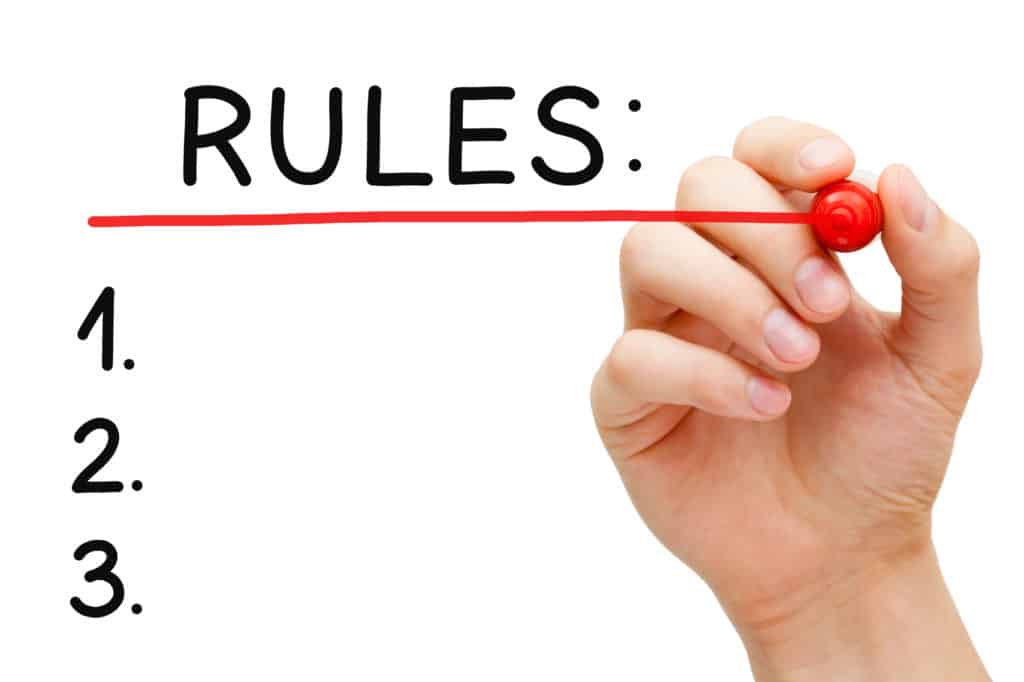
Before the rule change, there was an etiquette procedure in golf called “tending the pin.”
A person would stand and hold the pin in place so that a golfer could have a good idea of where the hole was.
As their ball got closer to the hole, the person tending would pull the pin.
The purpose of the tending was to make sure that no player’s golf ball struck the pin.
With the new rule in place, it does not matter if the ball hits the pin, so there is not as much need to tend the pin unless a golfer asks you to.
There are two other etiquette type procedures that you should know about the golf flag.
The first is that if you are asked to pull the pin, you must place it carefully and out of the way.
Laying the pin down in front of someone’s line or where a player can trip is not the right thing to do.
When you place the pin down, it should be carefully placed.
Golf greens are delicate, and they take a tremendous amount of time and money to maintain.
Slamming or tossing a flagstick onto the green could be a costly mistake.
The final thing to remember about the flagstick is never to leave a hole until the flag is replaced.
It is extremely rude and unfair if the group behind you does not have a flag to aim at because you were not paying attention as you finished the hole.
Most seasoned golfers take a look back at the green before moving to the next hole; they look to see that the flag is in and that all personal belongings have been picked up.
Why Did The USGA Change The Flagstick Rule?
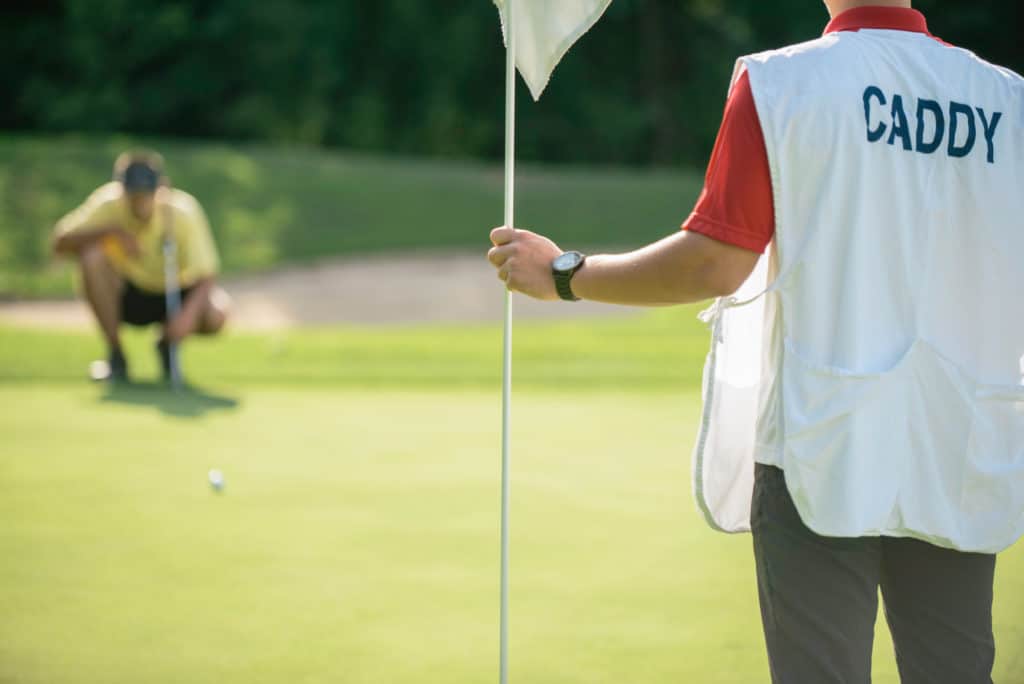
The USGA is continuously looking for ways to speed up play.
The slower the game, the less people have time or want to play.
It’s a growing problem in the game of golf.
As young people get busier and the game takes longer and longer, people are choosing not to take up the sport.
The idea behind the new rule is that it should generally speed up play.
If you can walk right up to the green and putt your ball without taking the flag out, it’s much faster.
Without having a caddy in every group, it is hard to find people to tend the pin and make things go faster.
This new rule helps if you are out playing golf by yourself as well.
You no longer need to grab the pin, place it to the side of the hole, and then go back to your ball.
It also saves time after you are finished playing as you can walk right off the green.
You do not need to collect the pin and put it back in the hole.
Why Do Some Flagsticks Have Different Color Flags?

You may have noticed that your golf course has different colored flags on the pin.
Sometimes this is just a coincidence or something that the golf course is trying out, but it usually has to do with golf pin location.
Traditionally speaking, a red golf flag indicates that the ball is at the front of the green.
The white flag indicates a middle pin position, and a blue flag means the flagstick is in the back.
It is helpful to know this because many times, the difference in yardage between the front of the green and the back can be more than ten yards.
If you need a seven iron to hit to the front of the green, you would likely need a 6 to get to the back.
Modern golfers usually carry a rangefinder or golf GPS of some kind.
These devices are to help give you an exact distance to the hole.
Since these devices are becoming more and more popular, golf courses have started going back to the traditional single-color flag.
You can enquire about the flags and if there is a pin placement sheet or chart when you check-in for your round of golf.
Tips If You Are Always Finding Yourself Pin High
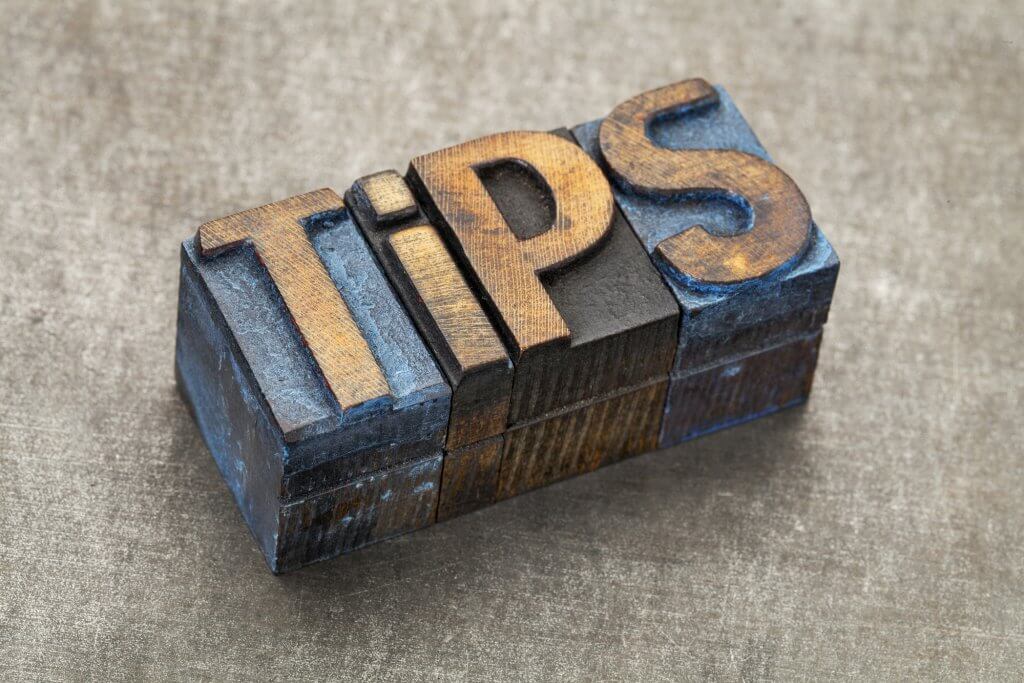
As we mentioned earlier, being pin high is not a bad thing.
It means that your distance control is excellent; your direction just needs a little help.
If you find yourself pin high quite often, it could very well be because of your alignment.
If your ball flight is typically straight, but when your ball lands it is to the left or right of the pin, your alignment could be off.
It takes some time to become good at lining up your golf shots.
If you are new to the game, you can practice some alignment techniques and strategies to get yourself just a little closer to the hole.
After all, the closer you get, the easier it will be to make the putt.
Here are some of our best tips for aligning your golf shot properly.
The Pre Shot Routine

Many people try to step right up to the ball and swing.
Unfortunately, this is a tough thing to do, and it is not always beneficial.
The best way to approach a golf shot is from behind the ball.
From this angle, you can look down the target line and get a feel for where you need to aim.
Never jump out of your golf cart and walk right up to the ball.
It would be a small miracle if you ended up hitting the pin without correctly lining yourself up.
All The Lines

When you line up to hit a golf shot, you need to pay attention to where your feet are lined up, where your hips are lined up, and even your shoulders.
When you have all of your body lined up correctly, you also need to make sure your clubface is lined up.
It’s a lot of work to align yourself for a golf shot properly.
If you practice this process on the driving range, it will get much easier to implement on the golf course.
One of the best ways to have this information sink in is to analyze your swing after you miss a shot.
If you hit a ball to the right and then you look down and see your feet have you set up to the right, you can correct on the next shot.
Pick A Close Spot

Trying to aim yourself to a target that is 170 or 200 yards away is very difficult.
One way to make this a little easier is to choose a spot on the line between you and the pin.
The spot can be a sprinkler head or even a small leaf just a few inches ahead of your golf ball.
Lining up to this spot will work just as well as lining up to the pin, and it is much easier to accomplish.
Planning Your Shots

When you look at a golf green, you should be looking at not just where the pin is but where you want your ball to be, where you want to miss, and where you don’t want to miss.
Golfers don’t want to harp on the bad shots that can come up, but you must be aware of them.
If you have a tendency to slice the ball and there is water all down the right side of the course, you should aim a little left of the pin.
Now, you don’t want to aim so far left that it takes you off the green.
If you were to hit the shot perfectly, you would end up missing the green.
You should be smart about where you choose to hit the ball but never over plan to the point that you take yourself out of the hole.
Final Thoughts
You should now have a much better understanding of all things pin related.
Being pin high is not a bad thing; it just means you have a little more work to do to get the ball in the hole.
Being pin high is certainly better than being thirty yards short, but you will still have to work on your accuracy to get your game to the level you need.
Always make sure your alignment is perfect before you swing.
Regardless of your golf ability, it is a good idea to start planning your shots a bit more so that even if you miss it a bit, you won’t be putting yourself in a terrible spot.
It has been said that golf is a game of misses.
The better your misses, the better your score.
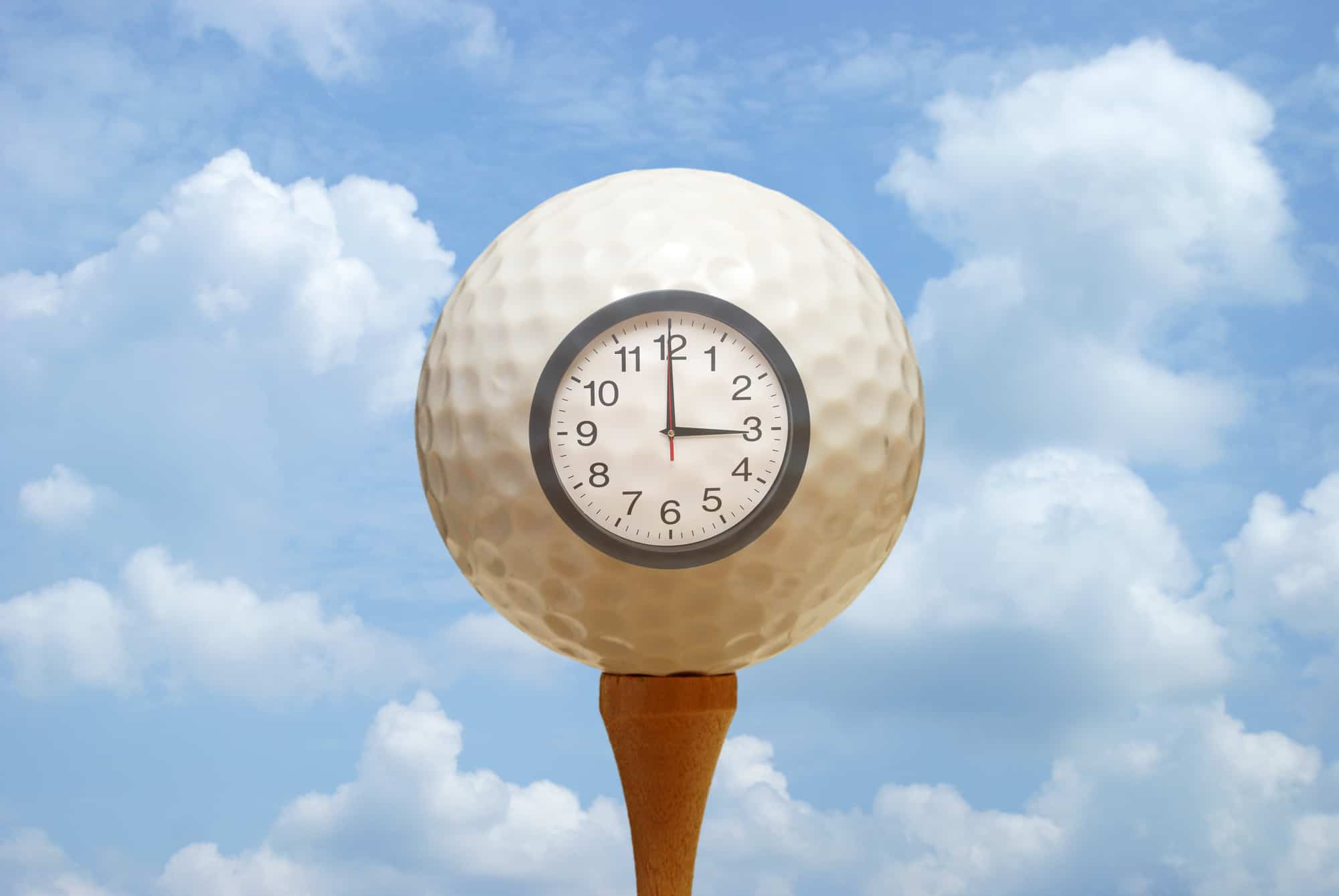
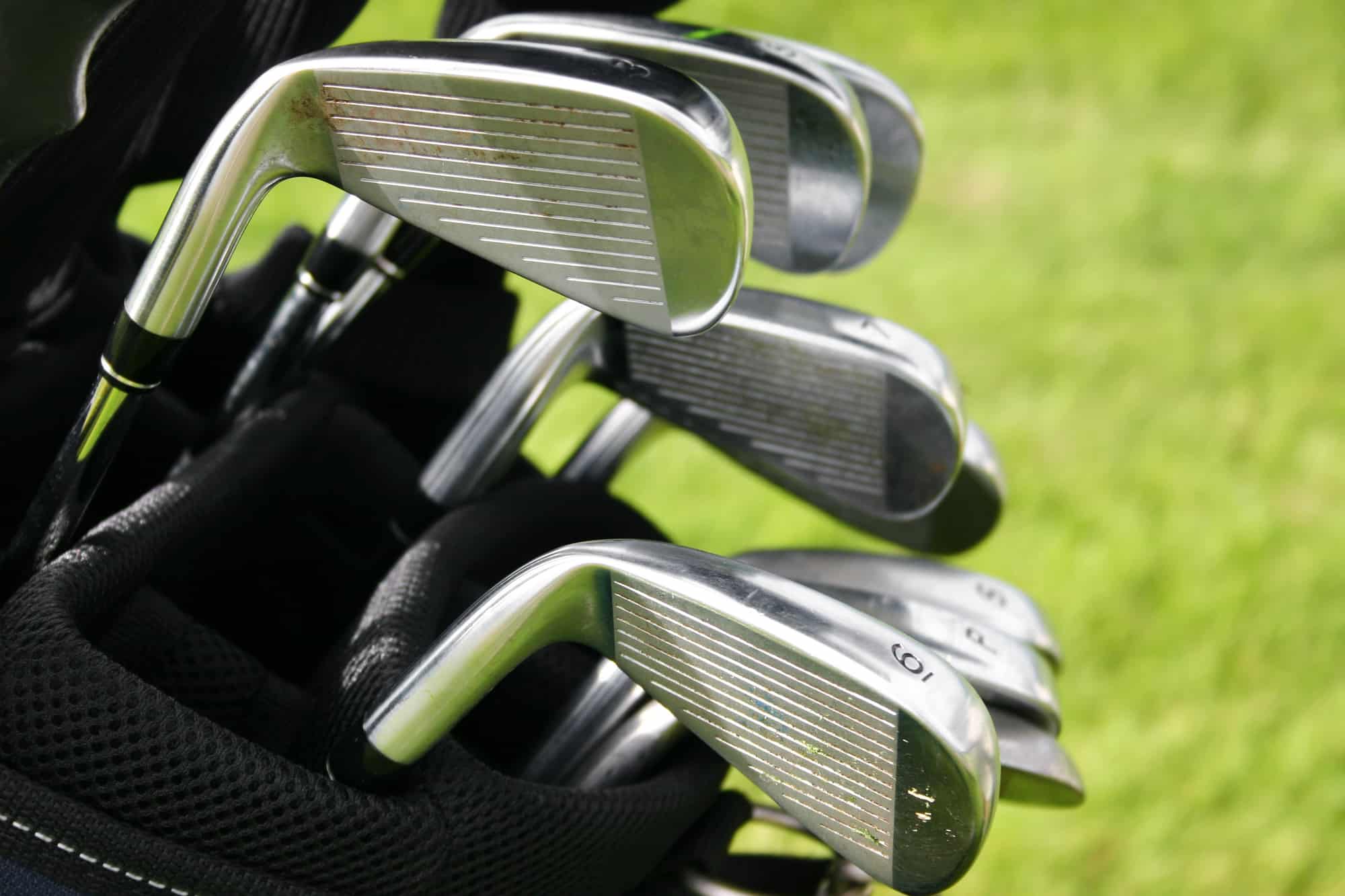
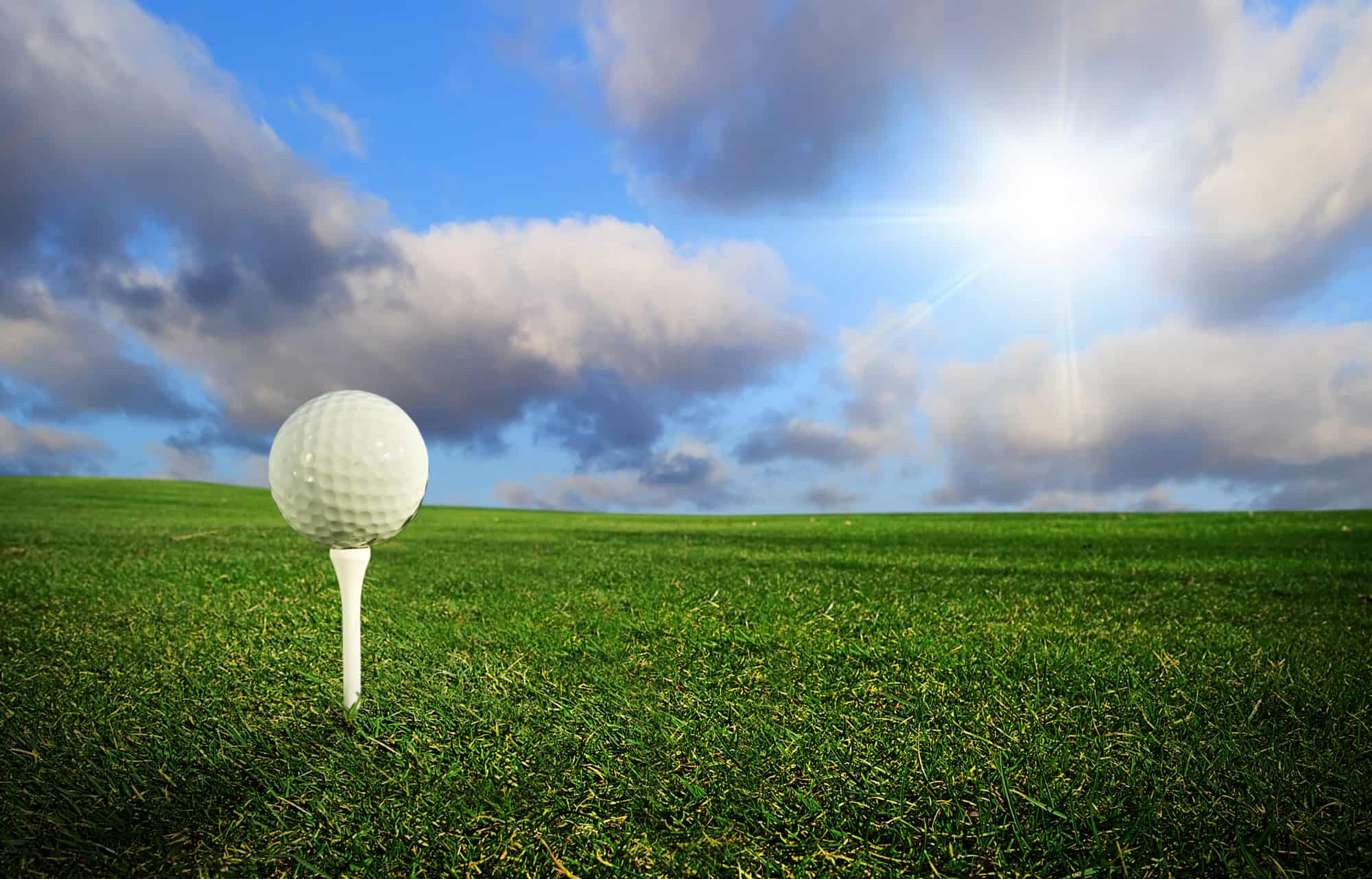
Leave a Reply